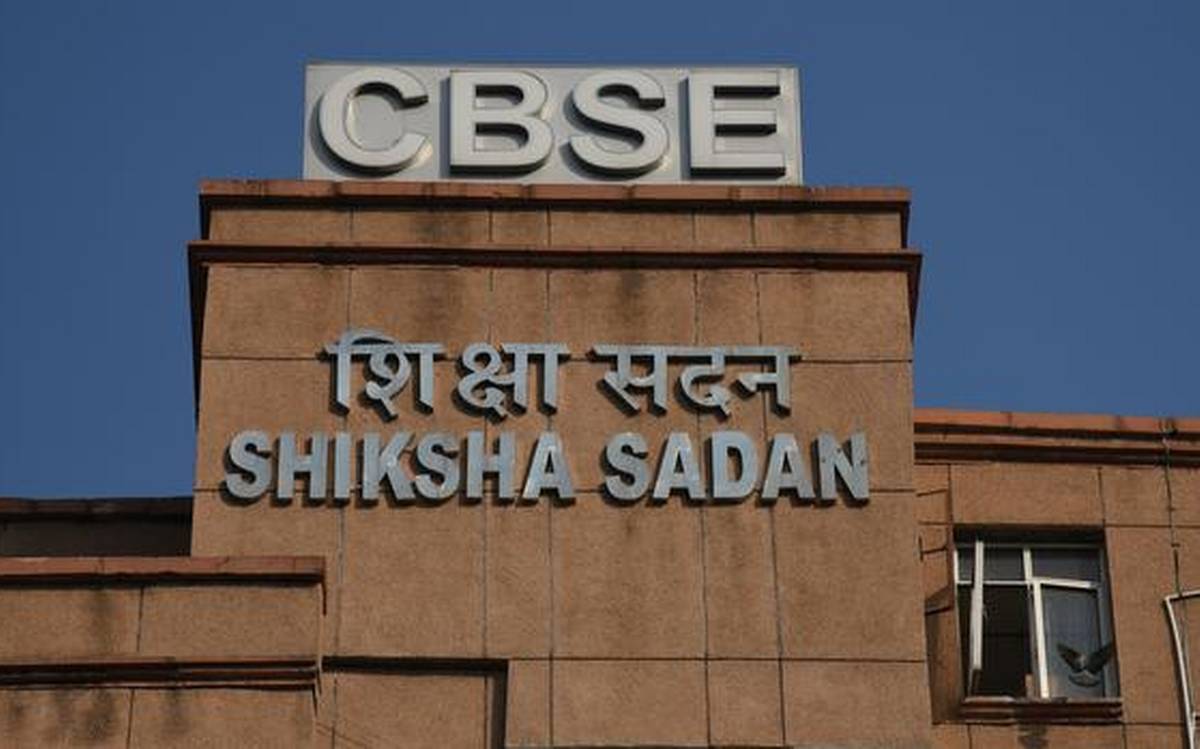
Explained: What is CBSE’s 30:30:40 formula to tabulate Class 12 result

The Central Board of Secondary Education (CBSE) and the Council for Indian School Certificate Examinations (CISCE) on Thursday told the Supreme Court that they will evaluate students of Class 12 based on their past performances. While the CBSE will employ a 30:30:40 formula, borrowing 30 per cent of the assessment from Class 10, 30 per cent from Class 11 and 40 per cent from Class 12 to tabulate an average, the CISCE will take the average of the results of the past six years.
While CBSE submitted a detailed evaluation criteria to the apex court, the CISCE will submit the same soon.
CBSE said the results of Class 12 exams will be declared by July 31.
Also read: How CBSE will assign marks to Class X students without exams
While approving the tabulation scheme, the Supreme Court clarified that it will not make any changes to the government’s decision to cancel Class 12 board examinations this year.
Here is how the assessment system will be rolled out:
In CBSE’s evaluation system, while 40 per cent of results will come from marks obtained in unit test/mid-term/pre-board exams of Class 12, 30 per cent will be based on the theory section of exams in Class 11. The other 30 per cent will be an average of the best three performing subjects (out of five) in Class 10.
The marking system will determine the final Class 12 results of as many as 14 lakh students who had registered for the examinations in the 2020-21 academic session.
The new system is only applicable to the calculation of theory subjects while internal assessments and practical elements will be tabulated according to the existing format. The board has asked all schools to wrap up their practical assessments and submit the results by June 28.
What’s the 30:30:40 division all about?
While the board’s affidavit stated that theory marks for Class 12 will be tabulated according to a student’s performance in one or more unit tests or mid-term tests or pre-board theory examinations, it has left the decision to school committees to choose their pick.
So, if a school committee deems it fit to consider just the pre-board examination’s results, the same would be given weightage to calculate the final Class 12 results. Similarly, a panel can also choose marks from two or more exams, say a pre-board exam and a mid-term exam, to arrive at the final result.
While an average of Class 11 theory marks will contribute to 30 per cent of the final marks, the calculation of Class 1o theory marks will be based on an average of theory marks secured in three subjects where a students has performed the best (out of a total of five subjects).
The board’s affidavit clarifies that Class 11 and Class 12 marks cannot be compared across schools as they will be awarded at school-level and will vary due to question papers, evaluation process and mode of conduct of exams among other things.
Students who fail to meet the qualifying criteria, will be categorized in the ‘essential repeat’ or ‘compartment’ sections.
Those who are not satisfied with their results will have the option to appear in the exam as and when the board conducts it.
The CBSE has said that it will also form a result committee that will ensure the standardisation of marking system and ensure that students in schools that traditionally give high marks, are not in an advantageous position.
A moderation committee will keep a tab and correct, when necessary, the variations in marking mechanism used by different schools to ensure parity among students.
Every school also has to form a result committee that will calculate the results of students obtained in the three exams, while the same will be further scrutinized by the moderation committee.

